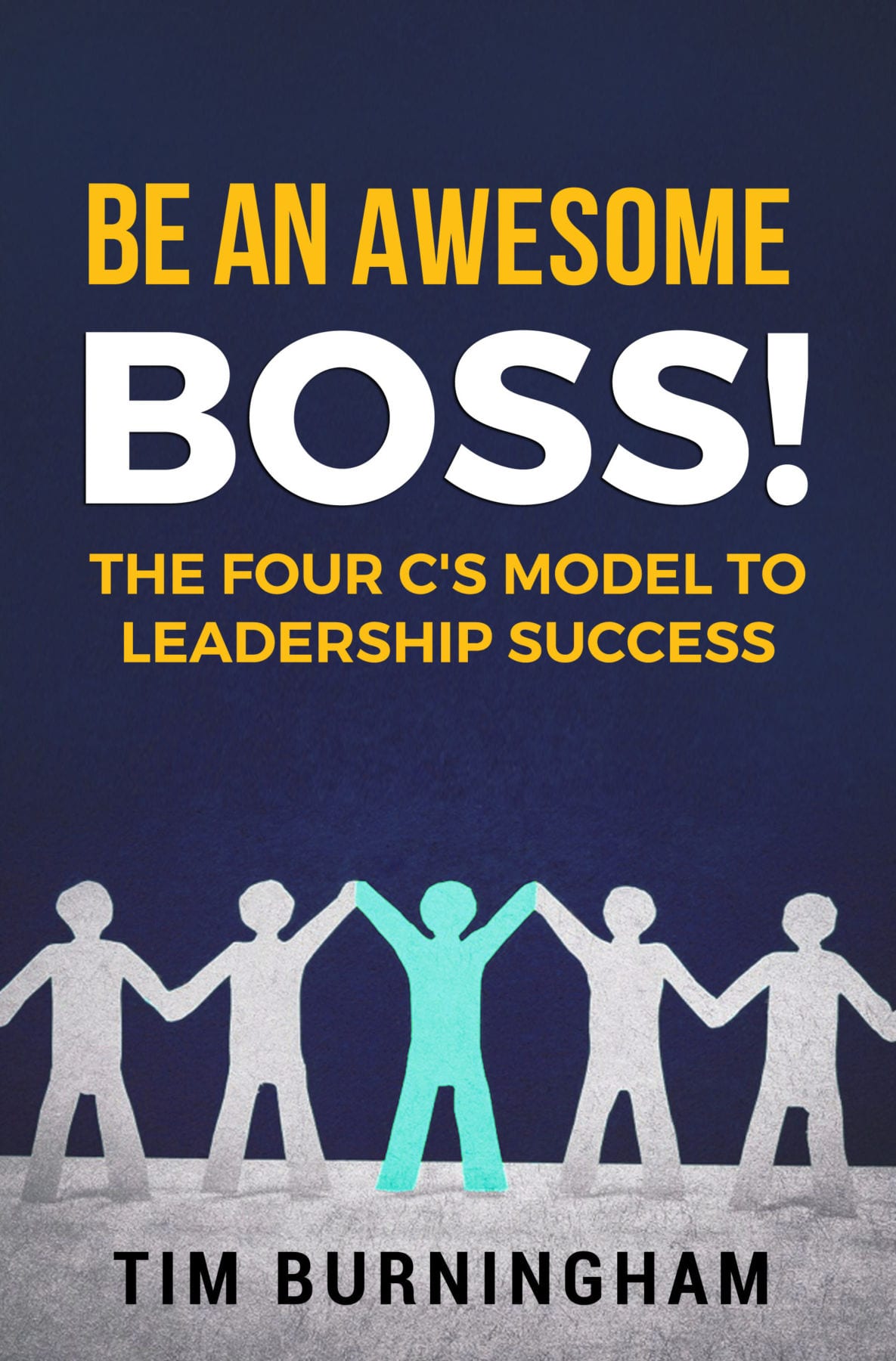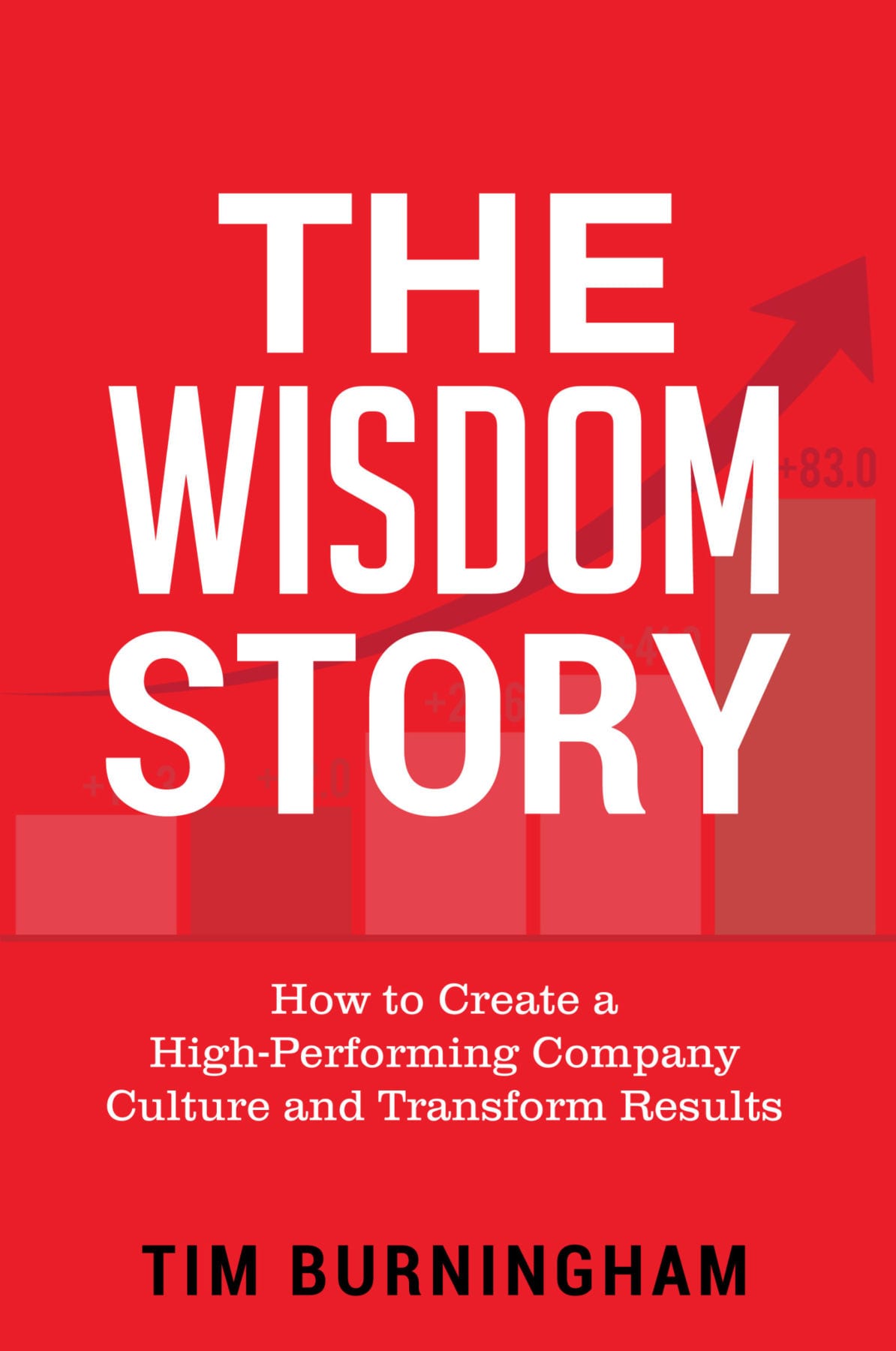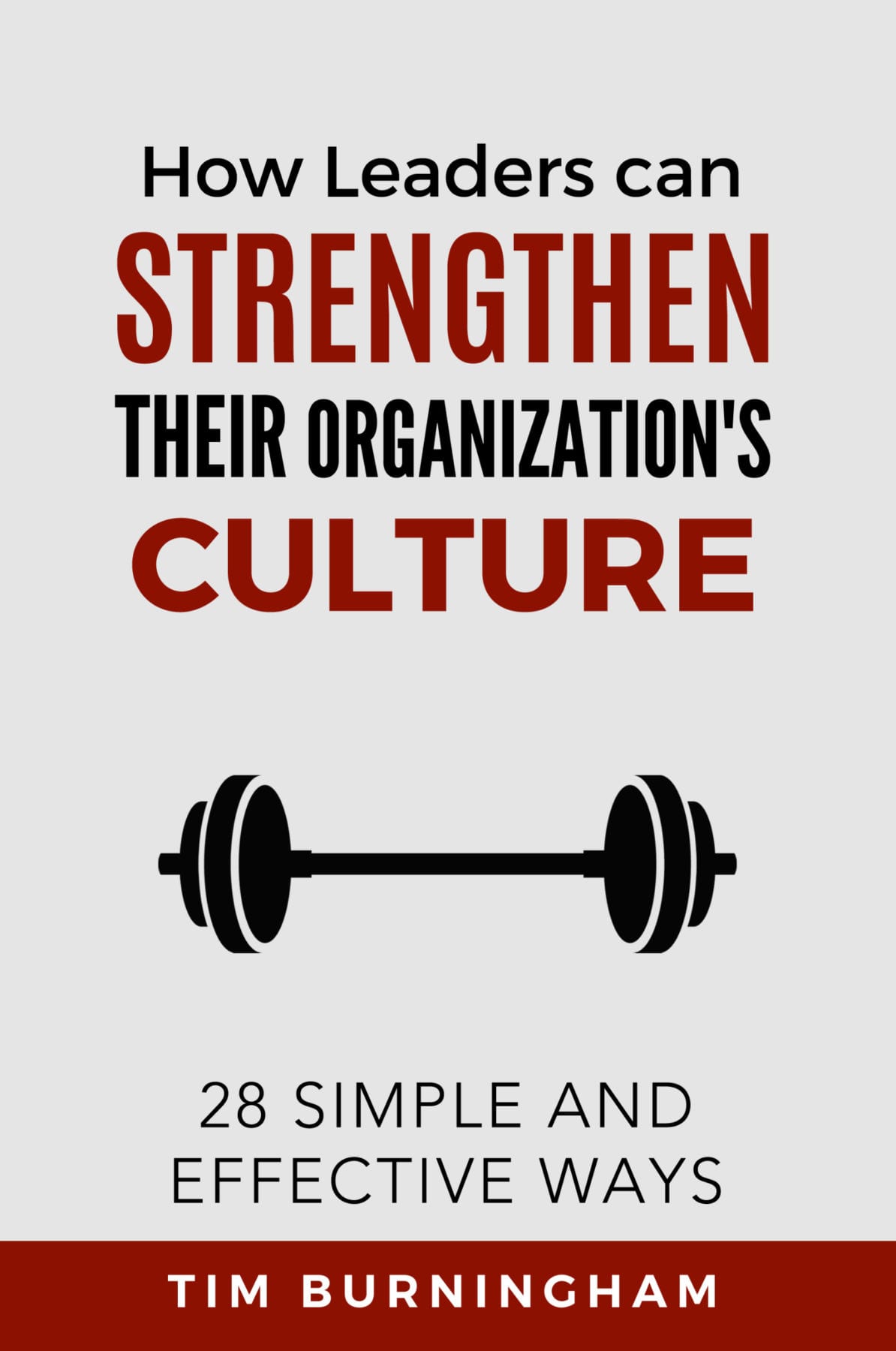A healthy workplace culture is at the heart of success within every organization. Patrick Lencioni has often referred to organizational health as “the last competitive advantage.” In today’s world, it’s not enough to just be smart, develop a good strategy, work hard, and offer a great product or service. These are necessities to survive. Companies that hope to not only survive but thrive must also establish a healthy organizational culture.
Just as proper eating and regular exercise can help you maintain your personal health, there are certain things leaders must do to keep their workplace culture healthy. In this article, I will share what a healthy culture is, the potential costs of an unhealthy culture, the impact a healthy culture can have on results, the four steps to creating a healthy culture, and how quickly a culture can change.
What is a Healthy Workplace Culture?
A healthy workplace culture is one where little politics and confusion exist. Employees and leaders are aligned and understand clearly what needs to happen for them and the organization to succeed. Turnover is low and productivity is high. Communication is fluid, teamwork is extraordinary, and results are strong. Goals are obvious, and measurement toward those goals is a way of life. People feel known and cared about within the organization.
Now imagine an organization where each of these elements existed and compare it to a company where they do not. Which of the two do you believe will produce the strongest and most enduring results? Which of the two will have the biggest impact on the world? Which of the two will people be most proud to associate with?
The Cost of Being Unhealthy
Because it is hard to truly quantify the costs of an unhealthy culture, many companies shy away from the idea that organizational health is important. To help you understand its value, let’s consider just one aspect it impacts, employee turnover.
Employee turnover in many industries is at an all-time high. A popular Harvard Business Review article estimates the cost of employee turnover to be about 21% of that person’s salary. If this is the case than an employee making $45,000 a year would cost an organization $9,450 to replace. For simple math purposes, if you belonged to an organization with 1,000 employees with an average salary of $45,000 for its employees and a turnover percent of 35%, the cost of turnover would be over $3.3 million a year. If having a healthy workplace culture cut that turnover percentage in half, this firm would save an estimated $1.65 million a year. When looking at this single metric, the cost of an unhealthy organization is significant.
Now, how much is a lack of alignment and cohesion among your team costing you? What kind of ramifications are a lack of productivity and engagement having on your business? What is poor communication doing to your bottom line?
The Impact of a Healthy Culture
I worked with two very similar sized healthcare facilities that were geographically close to each other and had similar market forces as well as fixed costs. One however had a healthy culture based on turnover numbers, employee satisfaction scores, number of applicants actively applying, customer satisfaction scores, and other key indicators. The other did not based on the same metrics. At the end of the year having observed and worked with both of these organizations, the facility with the healthy culture had a net income that was 800% better than the facility without. That’s right, 800%!

If for nothing else, striving to create a healthy workplace culture is extremely rewarding. It positively impacts the lives of every leader and staff member who works for the company, which in turn influences all who interact with the firm.
Healthy workplace cultures allow organizations to reach their full potential and contribute to the greater good of society in a major way. Without a healthy culture, an organization will never have the impact it could and should have on this world.
Let’s take a look at how you can establish a healthy culture within your organization.
4 Steps to Establishing a Healthy Culture
Though it may surprise you, there are certain steps a leader can take to make his or her organization’s culture healthy. Every company has an opportunity to be healthy, regardless of size, location, or industry. Let me show you how.
#1 Create Clarity
The importance of clarity cannot be overstated.
When things are clear, your team can produce results.
I’m often asked what needs to be made clear. My answer is always the same: everything! The more clarity you create within every aspect of your organization, the better. However there are definitely certain things that are a high priority that every organization should make clear. Let’s take a look at three starting places which I call the building blocks of a healthy culture.
3 Places To Begin With For Clarity To Have A Maximum Impact
Building blocks are by definition basic units that set the stage and provide a solid foundation. The three building blocks to establishing a healthy organizational culture include a company’s mission statement, core values, and vision.
Mission Statement
Your mission statement should clearly answer the question of why people come to work at your organization every day. It answers the critical question of “why” and provides purpose. When made clear among the entire organization it rallies everyone around a common cause.
It’s hard for employees to feel good about their work when they don’t know how it adds value to others or how it makes the world a better place. A well-crafted mission statement provides them with a clear purpose, inspiring them to do their best work. This alone will have a tremendous impact on your company’s health.
Core Values
Core Values should be behaviors that help your organization fulfill its mission every day. Values set a standard for behavioral expectations. However, they must be more than just words. Words can mean many different things to different people. Therefore, values must be well defined to provide maximum impact.
Core Values are essential because when people clearly know what is important at work, they can perform in a way that produces meaningful results.
Vision
We all want to contribute to something greater than ourselves and add value to this world. A vision gives employees a long-term goal and lets everyone know why the organization exists and where it is headed.
Living your mission and values day in and day out will help your company achieve its vision.
The difference between a mission and a vision is the level of focus. A mission is present day focused while a vision is long-term focused. A missoin provides the day-to-day “why” while a vision provides the end-game “why.” A mission answers the question of why we go to work each day while a vision answers the question of what contribution we eventually want to make in this world.
A clear vision will keep your organization inspired. It will provide perspective and help employees look past the day-to-day grind and see the end goal of all the effort. It will help employees understand that the organization they are a part of is destined for great things.
These three building blocks should be aligned and support each other. They also should be woven throughout the organization’s processes such as hiring, evaluating, and orientation processes. Decision-making, planning, and systems within an organization should be aligned with the building blocks for establishing a healthy workplace culture. Without clarity on each of these building blocks, a workplace culture will never be as healthy as it ought to be.
Let’s look at a quick example of the potential three building blocks for a made up organization. Let’s say the company is a hospital:
Mission Statement: Our mission is to create excellent experiences for each person we serve.
Core Values: Employee Committed, Ownership, Customer Care, Teamwork, and Excellence.
Vision: Our vision is to lead the healthcare industry by dramatically improving the health within our greater community.
As you can see, these building blocks support each other. When you and your team strive to live your company’s values, it will help you fulfill your mission day in and day out, which will eventually lead to the achievement of your vision. For a strong foundation of health within your organization, make sure these building blocks are super clear.
Other Key Items to Clarify
As you establish clarity around the building blocks of your organization, other important items must be well defined and clarified. Some of these include what good performance looks like within your organization, what your organization’s goals are and how they are monitored and tracked, how employees are evaluated, and the roles and responsibilities of leaders and employees. Remember, the goal should be to make things as clear as possible.
Though creating clarity is the first step to establishing a healthy culture, it does not have a stopping point or finish line. You must constantly work to communicate and reinforce clarity.
This will help you establish a solid foundation for a culture that produces incredible results.
#2 Build Consistency
Once you establish a level of clarity, seek to build consistency. Consistency is clarity in action — it reinforces the clarity you create. Working hand in hand, the two will strengthen your organization’s culture.
Consistency requires discipline. Over time, consistency will help your organization develop its own unique way of doing business that people can count on. When consistency is built, a sense of security will be felt by all within your organization.
Consistency is the opposite of volatility. When your organization is consistent in how it handles difficult situations, manages change, overcomes challenges, treats customers and employees, manufactures products, delivers services, communicates, and tracks progress toward goals, staff will gain a sense of predictability that they can depend on.
Consistency and Change
Consistency is not the avoidance of change; change is inevitable. However, a consistent response to change lowers the anxiety levels and stress that change can bring. This allows employees to stay focused and feel secure.
Consistency and Traditions
Traditions are a great way to build consistency in an organization. These traditions can be big or small, serious or fun. Daily, weekly, monthly, and annual traditions help reinforce a feeling of security, dependability, pride, and belonging.
Consistency is the glue that keeps a healthy culture intact. Without consistency, an organization can feel unstable, causing unproductive anxiety and stress. Employees may even begin looking for a more secure place to work. Following up clarity by building consistency will help foster a stable and reliable environment.
#3 Add Celebration
Once clarity is established and consistency is built, healthy organizations celebrate! Without celebration, work can feel like drudgery. Celebration is a combination of fun, measurement, and recognition.
Too many people think work can’t be fun, and that’s simply not true. When people can truly have fun at work — when they can relax and celebrate — an incredible connection is created among the entire organization.
There are obvious times to celebrate, such as during holidays and birthdays. However, celebration should happen more often than just during special occasions.
Most celebrations should be tied to goals and achievement. Without tracking and actively measuring performance, it is hard to know when to celebrate. The healthiest organizations measure and celebrate their progress often.
Celebrations can be big or small. The most important part of any celebration is recognition of a job well done. This helps your team feel appreciated. The simplest acts of celebration can be some of the most meaningful to your employees.
In a way, celebration is the icing on the cake of a healthy workplace culture. By having fun, measuring results, and recognizing success, celebrations can help create lasting memories and bond a team together like nothing else can.
#4 Show Charity
The final step to creating a healthy workplace culture isn’t really a step at all; charity should be displayed throughout the entire process. Charity is feeling known and cared about at work. It’s helping people know they matter and are significant contributors to the team.
Charity has a magnifying and multiplying effect on the other three steps. The more charity is felt within your organization, the stronger the impact that clarity, consistency, and celebration will have.
When employees feel that their leaders and co-workers don’t care about them — when they feel expendable, unknown, or used — they struggle to care about the organization. When charity is high and people know they are valued, they make sacrifices for the good of the organization and become fiercely loyal to it. Loyal team members who feel cared about within an organization produce incredible results.
Creating clarity, building consistency, and adding celebration will always improve an organization’s health. However, charity will ultimately determine the overall impact of these first three elements.
High levels of charity within an organization is so powerful that it can help companies maintain a certain level of workplace health even when they stumble with the other steps of clarity, consistency, and celebration — which all do from time to time.
The 4 Steps Combined
Though each of these steps in isolation can improve the health of any workplace culture, an exceptionally healthy organization follows them and then continuously strives to strengthen all four of them. Each step — creating clarity, building consistency, celebrating, and showing charity — feeds off the others, and each provides a critical component to a truly healthy workplace culture.
How Quickly Can An Organizational Culture Change?
Over the years, there has been much debate about how quickly a culture can change. Though fully establishing a sustainable, healthy workplace culture in your company will take time, you can begin impacting it today. Anything you do to establish clarity, consistency, celebration, and charity will help immediately.
Leaders can do simple things to reinforce these four steps or elements. They should also be a top consideration when establishing new programs, policies, systems, or procedures. Leaders should ask will this decision improve clarity, consistency, celebration or charity within my firm or will it take away from them.
Once you begin focusing on these elements, you’ll be surprised how quickly your workplace culture’s health will improve. Continual focus on these steps will build a healthy culture that will have a lasting impact.
Conclusion
A healthy workplace culture is becoming the number one differentiator in today’s competitive world. Companies without a healthy culture will soon be unable to keep up and compete with those who do. It is imperative for leaders and companies to focus on improving the health of their culture.
In this article, we’ve discussed what a healthy workplace culture is, the costs of an unhealthy culture, the impact of a healthy culture, the four steps to establishing a healthy culture, and how quickly a culture can change.
Just as good personal health can help you live a long and fulfilling life, your organization’s health will determine the level of success your company achieves. A healthy culture will provide tremendous fulfillment to all who are a part of it, and it will allow an organization to have a lasting impact on the world.












